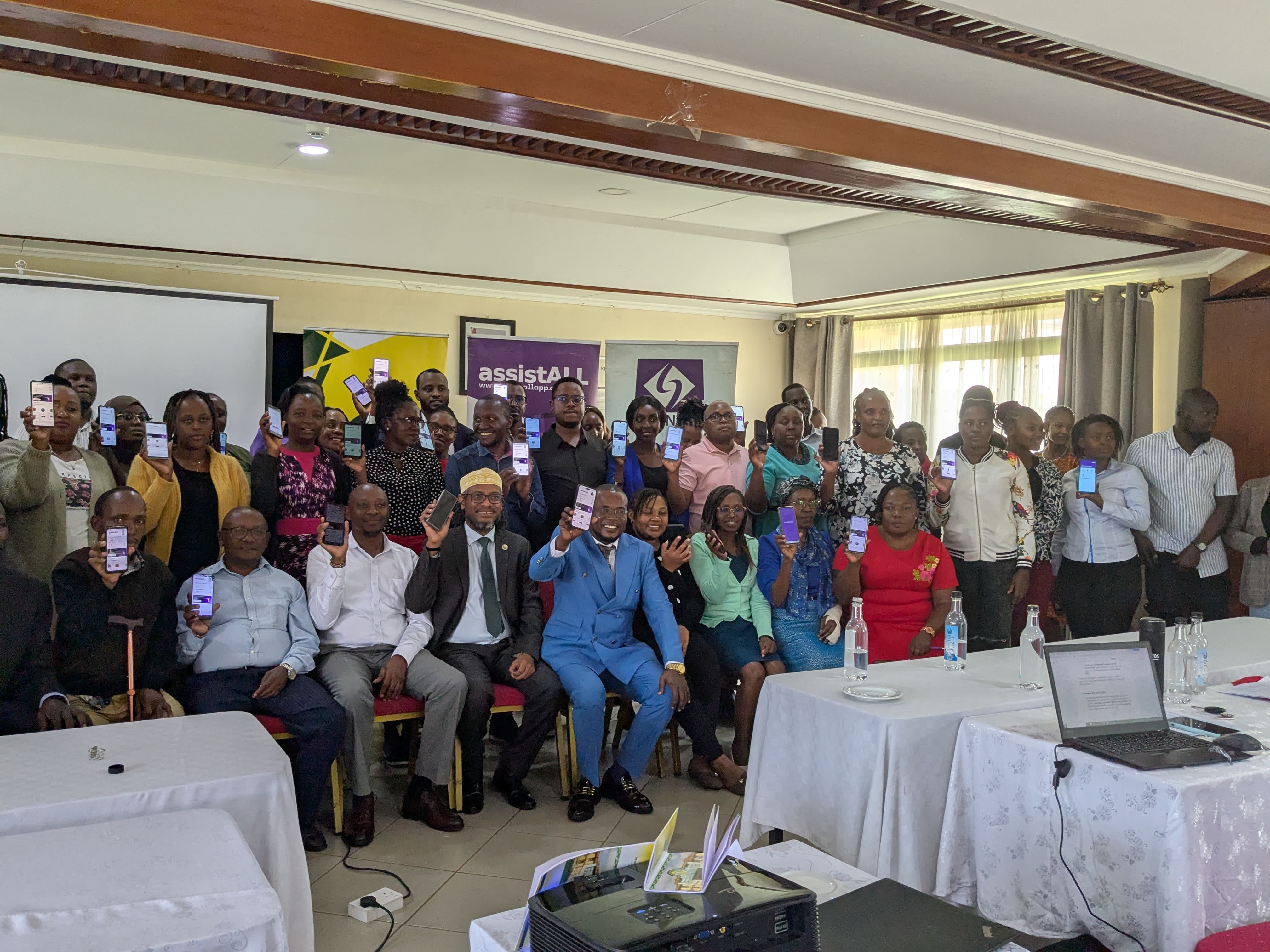Spinal Muscular Atrophy Awareness Month

Spinal Muscular Atrophy (SMA)is a rare genetic disorder affecting motor neurons controlling muscle movement. The significance of Spinal Muscular Atrophy (SMA) Awareness Month lies in its capacity to illuminate the difficulties, realities, and victories of individuals navigating this intricate genetic disorder. Observed annually in August, this month stands as a poignant reminder of SMA's role as a disability, underscoring the imperative for comprehension, research advancement, and compassionate assistance.
SMA Awareness Month aims to increase public awareness about the various types and severities of the condition, emphasizing its implications on mobility, daily life, and overall well-being. The awareness campaign advocates for inclusive attitudes, accessible environments, and adequate resources to ensure a better quality of life for those affected.
SMA is classified into several types based on the age of onset and the severity of symptoms:
Type 1 (Infantile-Onset SMA): This is the most severe form and usually manifests within the first few months of life. Infants with Type 1 SMA have significant difficulties with motor development, muscle weakness, and breathing problems. Many require constant medical intervention and have a limited life expectancy.
Type 2 (Intermediate SMA): Symptoms of Type 2 SMA typically appear between 6 months and 2 years of age. Children with this type can achieve some motor milestones but often experience motor difficulties, and muscle weakness, and may require assistive devices for mobility.
Type 3 (Juvenile SMA): Onset of Type 3 SMA occurs in childhood or adolescence. Individuals with this type often experience gradually progressive muscle weakness, and while they can walk independently initially, mobility challenges may develop over time.
Type 4 (Adult-Onset SMA): This type of SMA presents in adulthood and is characterized by milder symptoms, such as muscle weakness and twitching. Individuals with Type 4 SMA usually have normal life expectancies and varying degrees of motor impairment
This observance underscores several key aspects:
Raising Awareness: SMA Awareness Month strives to educate the public about the specific challenges associated with SMA. By dispelling misconceptions and offering accurate information, the campaign empowers society to approach individuals with SMA with empathy and compassion.
Fostering Empathy: Recognizing SMA as a disability fosters empathy and understanding, encouraging individuals to consider the unique obstacles faced by those with SMA. This increased awareness promotes an environment that values diversity and encourages people to extend a helping hand.
Advocacy for Support: SMA Awareness Month serves as a platform for advocacy. Individuals, families, and organizations affected by SMA can advocate for better medical care, research funding, accessible infrastructure, and policies that enhance the quality of life for those with disabilities.
Championing Inclusion: Acknowledging SMA as a disability advocate for an inclusive society. This means accommodating physical needs and recognizing the strengths and contributions of individuals with SMA. By promoting inclusivity, the campaign encourages participation in all aspects of life.
Empowerment: By acknowledging SMA as a disability, the awareness campaign empowers individuals with SMA to assert their rights, voice their needs, and demand the resources required for a fulfilling life.
Spinal Muscular Atrophy Awareness Month, viewed through the lens of disability, serves as a beacon of hope and change. By recognizing the impact of SMA on individuals' lives and advocating for inclusivity, awareness, and support, the campaign contributes to a more compassionate and equitable world where individuals with disabilities can thrive, contribute, and be valued for their uniqueness.
Tags: Pwds Spinal Muscular Atrophy


